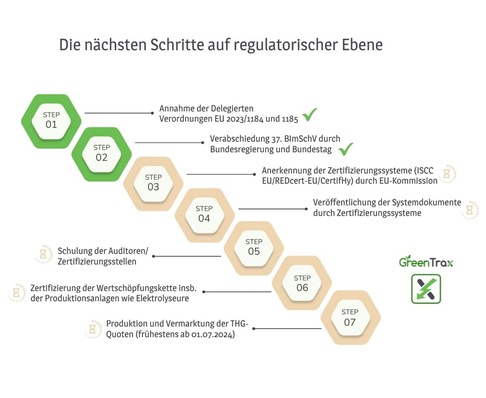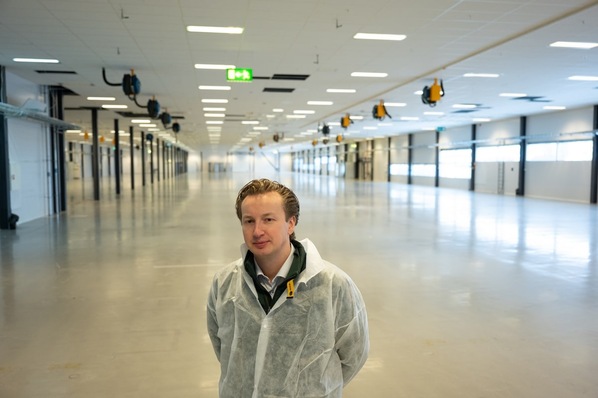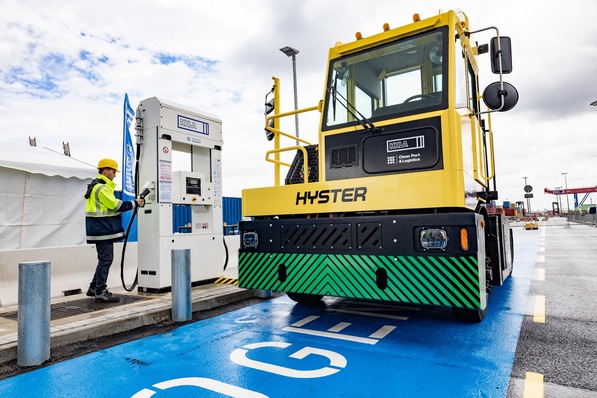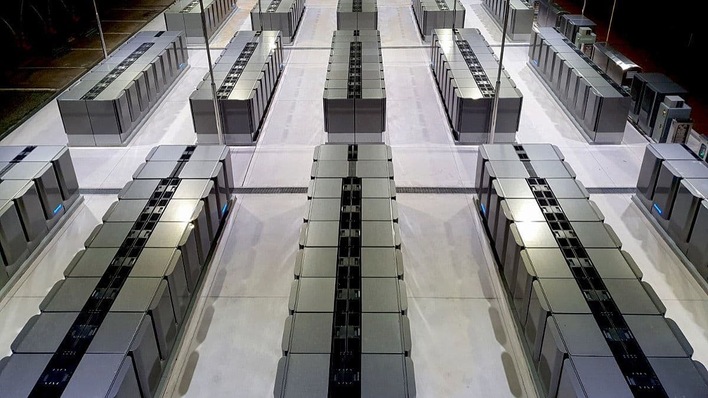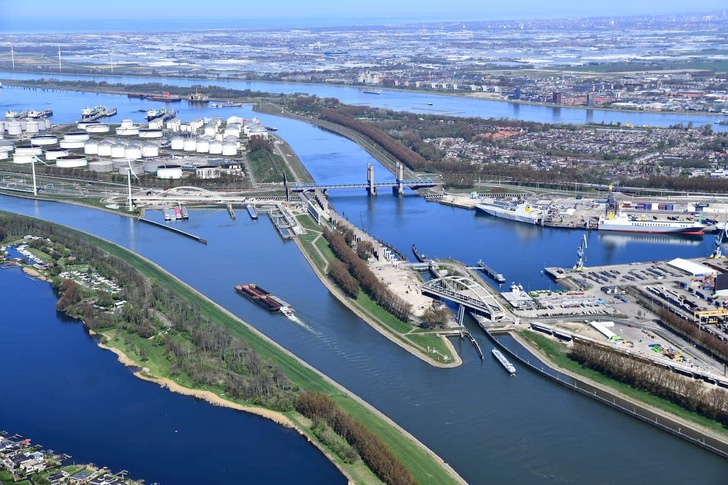
Given that Germany will not produce sufficient hydrogen from renewable energy sources before 2030, the German government is intending to supplement its own supplies with a high level of imported hydrogen from regions with copious wind and solar resources. Southern Chile, for example, was chosen as the site for Siemens Energy’s Haru Oni hydrogen/power-to-x project. Here, hydrogen is produced using wind-generated electricity and combined with carbon dioxide captured from the air to make a carbon-neutral fuel.
Academics from the German economic institute IW, Fraunhofer UMSICHT and the Wuppertal Institute are pressing the new German government to give higher priority to all plans relating to hydrogen. “In doing so, however, we should not make ourselves too dependent on individual producer countries but look to establish a broad import portfolio from the outset,” urged Malte Küper from IW. According to Küper, it is also vital that a joint European approach is taken – particularly with a view to setting global standards when it comes to matters of sustainability.
Germany and the Netherlands have already held talks on cross-border hydrogen networks. And it’s clear that, whatever the final outcome, the Port of Rotterdam will have a significant role to play. What’s more, the harbor is part of a bilateral cooperation project, dubbed HySupply, between Germany and Australia which will see hydrogen imports entering Rotterdam and being piped onward to Germany. “One of our tasks will be to facilitate this importation,” said Stijn van Els, commercial delivery director at the port, in an interview with H2-international.
In his view, the supply of oil and natural gas will change in future but the distribution of green hydrogen, or for that matter green liquefied natural gas or ammonia, will still be required. “In truth, however, it will increasingly involve blue hydrogen in the runup to 2030,” believed van Els.
Author: Niels Hendrik Petersen




